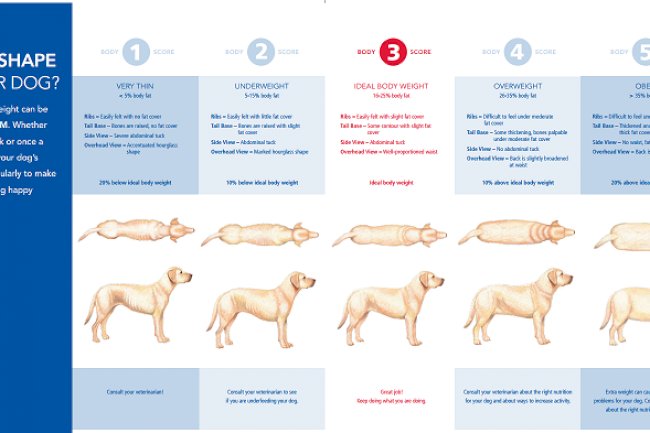Dog Psychology: Who leads and who follows?
You need to establish the pack leaders position, before you try and train your dog to do anything...

You need to establish the pack leaders position, before you try and train your dog to do anything, If the dog naturally sees you as the leader and takes the position of follower, it will respond to your requests out of respect rather than bribery with a treat. With alot of the treats on today's market containing sugars and EC preservatives, you can in fact make the dog more hyperactive and untrainable with these added chemicals.
In a dogs world they think about 2 things? Am I the leader? Or Am I the follower!
So how do you know if you are the leader of your dog or in fact you are the follower?
Refer to this simple checklist to find out if you are the pack leader or in fact your dogs follower!
If you are the leader your dog will......
Walk by your side or slightly behind you in the house and out on the walk
Wake up when you get up
Listen to your commands and look to you for instruction
Not beg or demand food from you
Sit on the floor by your feet and not on the sofas or bed with you
Let you answer the door to strangers and let you greet them first
Not demand attention from you
Wait quietly for your return when you leave the house
Move out your way when you want to pass
Greet you with four paws on the ground
Not enter your space uninvited
Not stare at you in the face or jump all over you
Urinate and defecate in the place you want it to
If you are the follower your dog will.....
Wake you up in the morning
Demand attention from you
Run through doorways ahead of you
Greet strangers at the door before you
Jump at you or visitors when you arrive in the house
Bark for your attention
Growl when you try and move it or take food or toys from it
Jump on the sofa or beds
Become aggressive around feeding time
Not move out the way when you want to pass
Lean their body on you or place their paws on you
Become aggressive towards other dogs or people
Pull you for a walk when on the lead
Not return when you call them whilst off the lead or in the house
Beg for food
Stare at you directly in the face
Mouth or bite you
Not listen to you or respond to your requests
Urinate or defecate in the house Become anxious when you leave the house
SOURCES
[1] "Psychology Today"
[2] "Udemy"
[3] "Masters in Psychology"
[4] "Pet Care Rx"
[5] "Canine Angel"
[6] "Association of Professional Dog Trainers"
[7] "Canine Mind"
[8] "Dog Conspiracy"






















